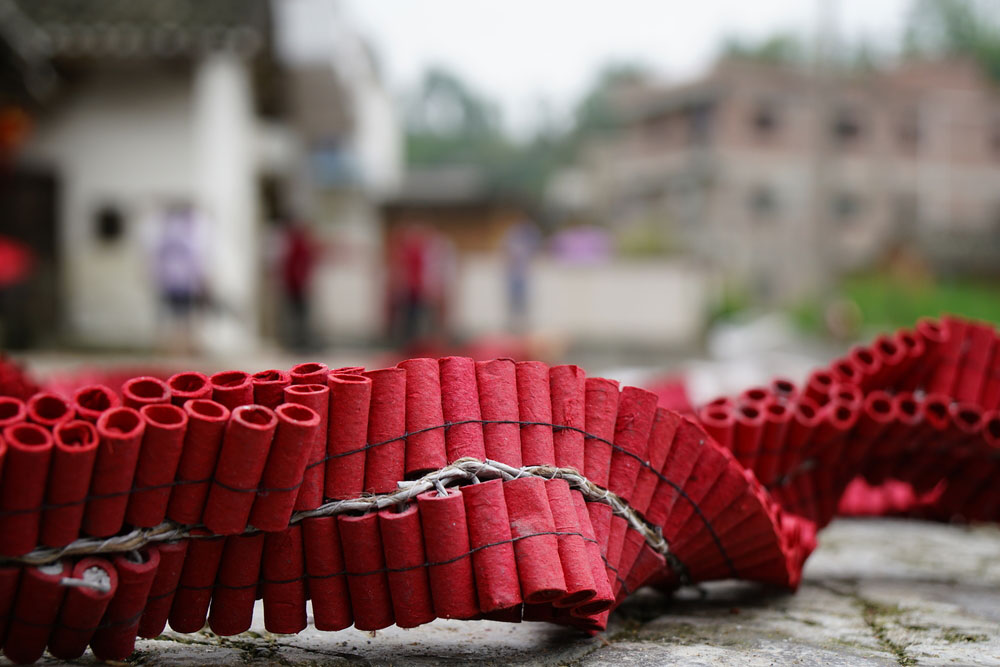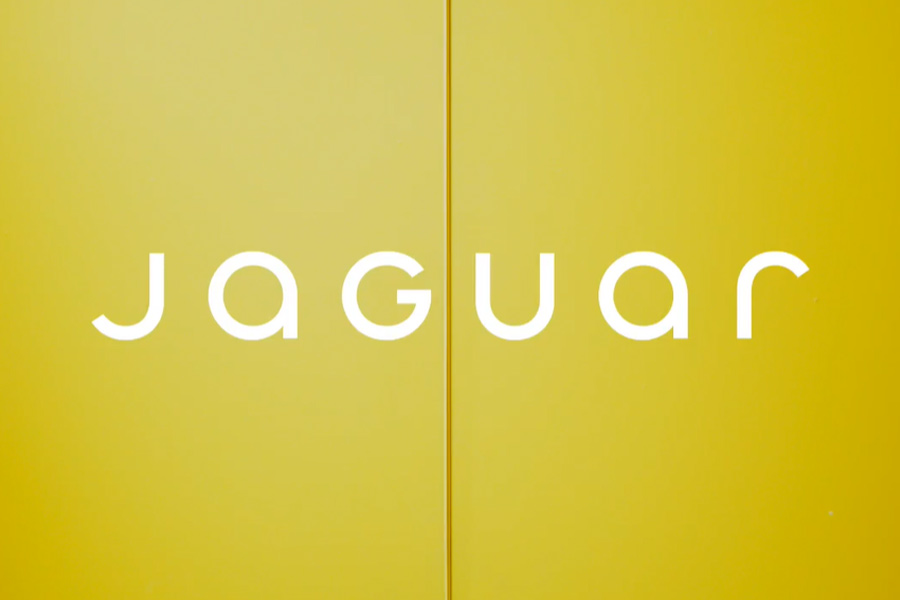A government science agency on Monday said it had developed new technologies to significantly reduce the soot and gaseous emissions from firecrackers but was unable to say when they would enter the market.
The Council of Scientific and Industrial Research (CSIR) said its researchers had collaborated across laboratories to demonstrate how firecrackers made with certain chemicals lower particulate matter (PM) emissions by 20 to 30 per cent.
“Our scientists have developed modified chemical formulations for firecrackers with the same kinds of colour, brightness and bursting ability,” Union science and technology minister Harsh Vardhan said, announcing the results of a project he said he had initiated a year ago.
Vardhan said CSIR laboratories had worked with associations of firecracker manufacturers in Sivakasi and developed modified formulations for “flowerpots” and “atom bombs”, among other firecrackers.
He said the modified formulations are also expected to lower the cost of firecrackers by 15 to 30 per cent. The Indian fireworks industry has an estimated turnover of about Rs 6,000 crore and provides direct or indirect employment to over 5 lakh families, the CSIR said.
Senior CSIR scientists involved in the project said they had chosen substitute chemicals that were easily available in the market and that would not require the manufacturers to make any changes to their existing infrastructure.
But the materials are yet to be scrutinised and approved by the Petroleum and Explosives Safety Organisation (Peso), the regulatory agency that has to clear all commercial firecrackers and explosives.
Firecracker manufacturers would need to approach Peso for the required licences, said Rajesh Kumar, director of the National Environmental Engineering Research Institute (NEERI), Nagpur, which coordinated the project.
The CSIR’s Central Electrochemical Research Institute in Karaikudi has developed formulations that replace aluminium with magnesium-based compounds in flash powders, resulting in lowered emissions.
A research team at NEERI has developed prototypes of “flowerpots” in which barium nitrate is replaced with low-cost eco-friendly materials such as zeolites that can result in up to a 30 per cent reduction in PM emissions.
Another type of firecracker developed at NEERI uses materials that release water vapour and air as “dust suppressants”, leading to a dilution of gaseous emissions, said Sadhna Rayalu, a senior scientist at the Nagpur institute.
The apex court, worried about spikes in emissions and air pollution during Diwali, last week ordered that crackers be burst only between 8pm and 10pm on Diwali.
A study published earlier this year by researchers Dhananjay Ghei and Renuka Sane had estimated, on the basis of data between 2013 and 2017, that Diwali adds about 40 micrograms per cubic metre of PM sized 2.5 microns over a period of two days.
The number may appear small, but it is high considering the already poor air quality around Diwali time, they said in their study, published in the journal PLOS One.
CSIR officials said the council’s scientists at the Central Electronics Engineering Research Institute, Pilani, were trying to develop safe and pollution-free electronic crackers, relying on a high-voltage electrostatic discharge to generate the light and sound effects of firecrackers.











